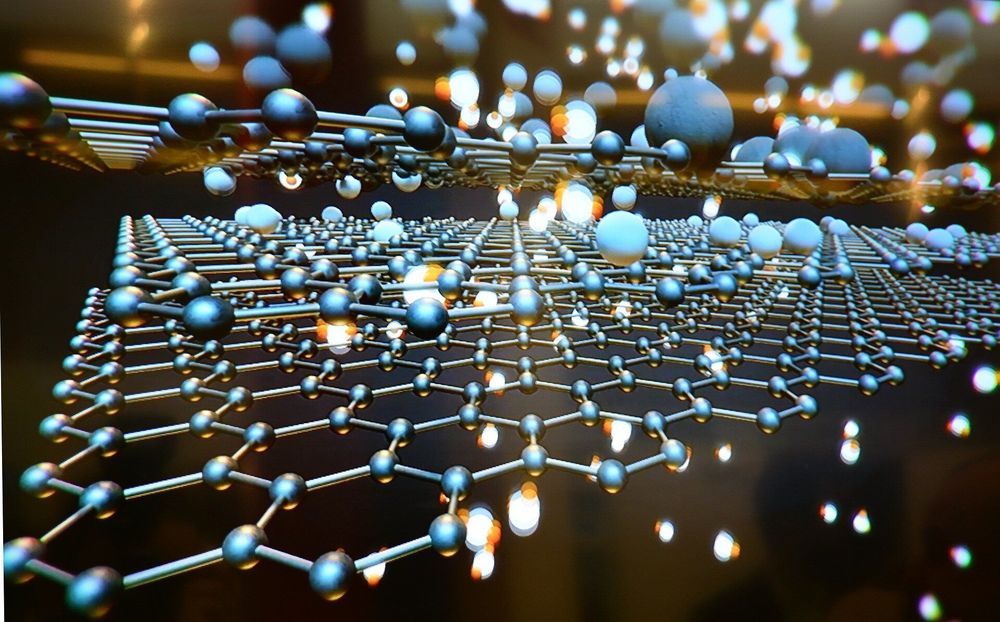Researchers in the USA have developed a graphene-based electrochemical sensor capable of detecting histamines (allergens) and toxins in food much faster than standard laboratory tests.
The team used aerosol-jet printing to create the sensor. The ability to change the pattern geometry on demand through software control allowed rapid prototyping and efficient optimization of the sensor layout.
Commenting on the findings, which are published today in the IOP Publishing journal 2-D Materials, senior author Professor Mark Hersam, from Northwestern University, said: “We developed an aerosol-jet printable graphene ink to enable efficient exploration of different device designs, which was critical to optimizing the sensor response.”
